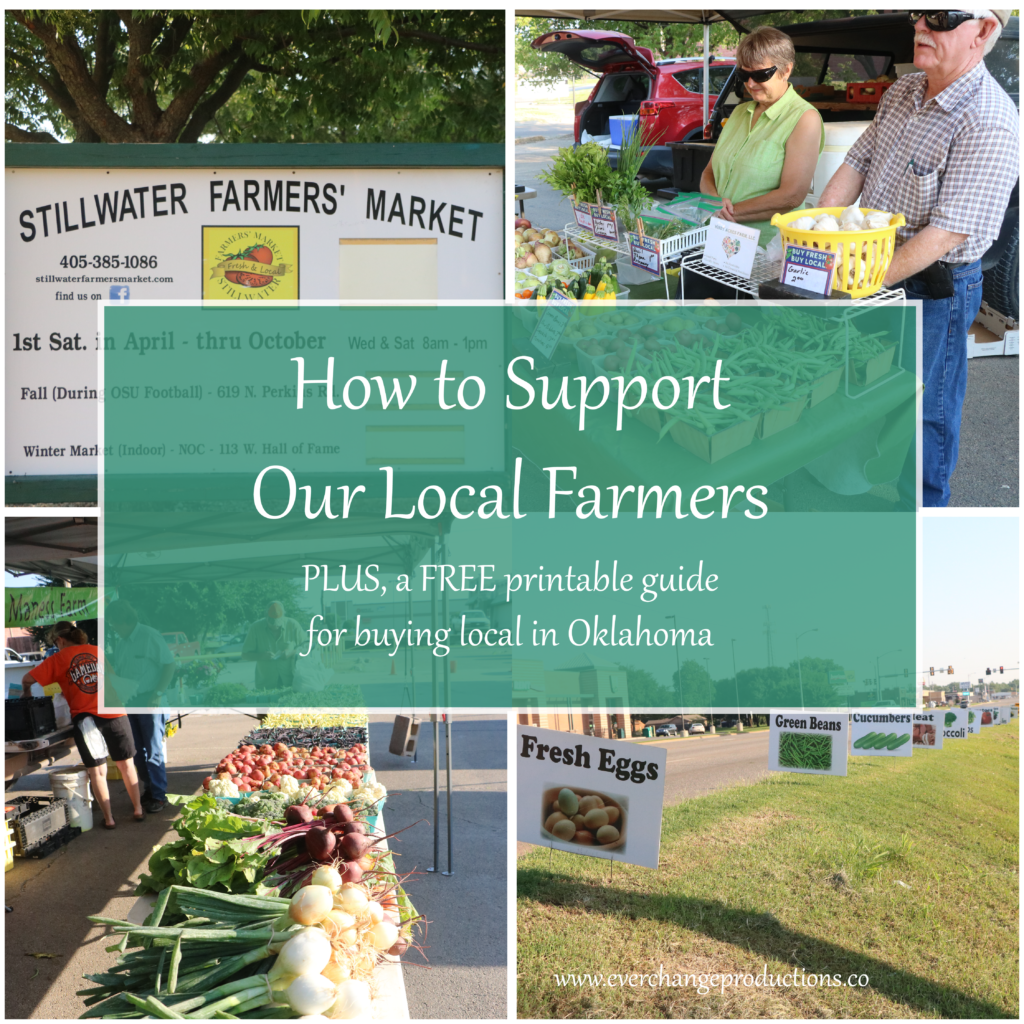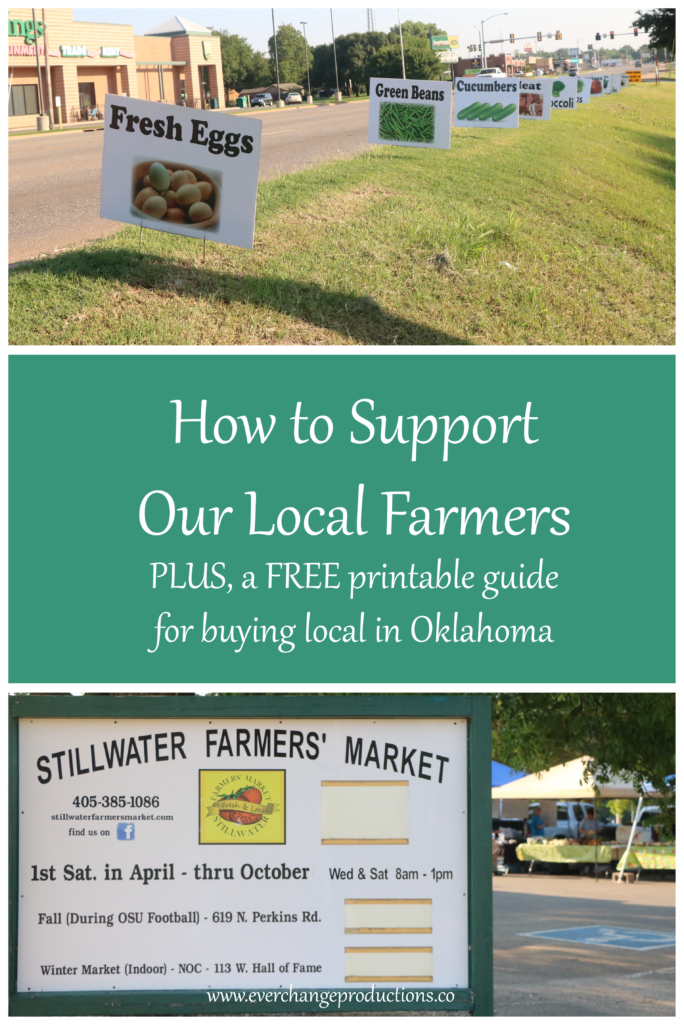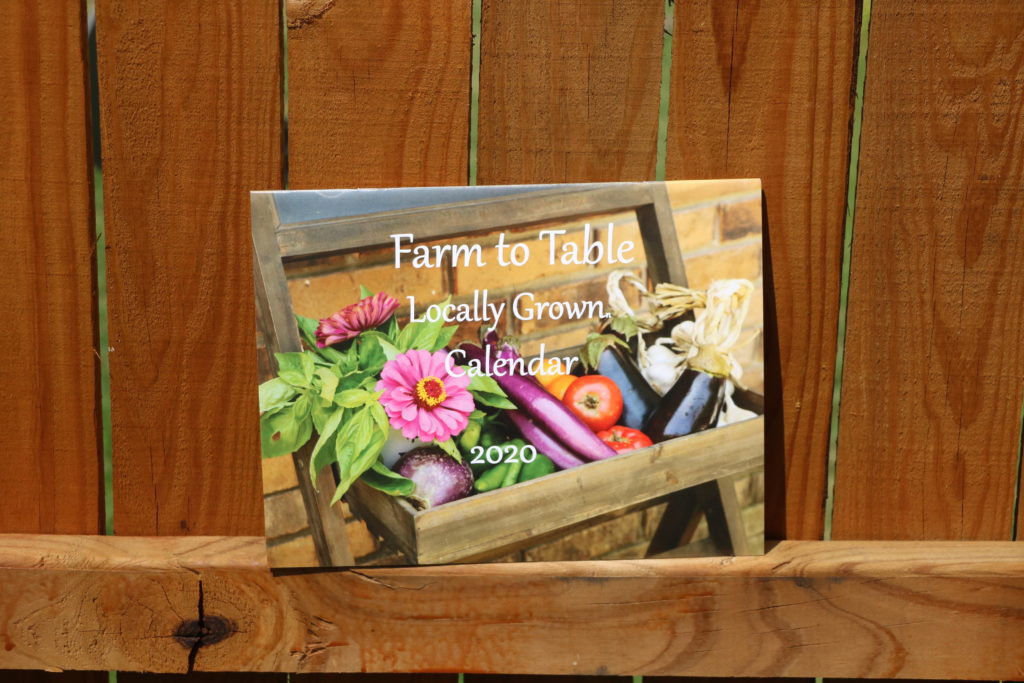Local Food is Community
Supporting our local food system is essential to our community’s survival. The bigger the farms get, the less farmers there are because they’ve been replaced with machines or a bio-tech scientist. These large farms to tend grow until they’ve depleted all that land of it’s resources. They’re in the business to make money, not because they are passionate about feeding people food full of nutrients. No matter how big or small a farm, small farmers see their farm as less of a business and more as a way of life.

Although this isn’t always the case, small family farms are more likely to keep our water pure and the soil healthy. It is easier to diversify and stay in-tune with nature with a small farm. Less acreage means the small-scale farmers has more time to devote to doing things right for each acre they have. They also care about the land and the people they feed because they’re in direct contact with it everyday, instead of in the lab or in an off-site location. To keep that from happening, we have to consistently support our local, small farms.
This past week, I posted 10 Reasons to Support Local Farms. This week we will explore how. For easy reference, download this Guide to Buying Local Food in Oklahoma
How to Support Local Farmers
Choose restaurants that source foods locally and support workers.
Get your Guide to Buying Local Food in Oklahoma for a free printable for businesses that sell local produce in Oklahoma!
Embrace biodiversity.
Find out which foods are your region’s specialties and try those rarer varieties. Instead of factory-farmed Broad Breasted White turkeys, for instance, find a heritage breed unique to your area and discover a wonderful array of new flavors. Choosing local varieties is not only good for the local food system, but also helps preserve genetic diversity.
- Look for local brands in stores and ensure that local products stay on the shelving—and may lead to grocers stocking even more options.
Make suggestions.
If your local supermarkets don’t stock locally-sourced foods, ask. Tell your friends to ask, too. Store owners want to provide customers with in-demand products, and respond well to consumer suggestions. If there is enough call for local products, owners will be more likely to bring these items into stores.
Plan your menus around what’s being harvested.
Even if everything you buy isn’t produced in your community, you still contribute to the local food system by building seasonal foods into your recipes. In colder months, swap the heat-loving basil in pesto for a winter green like kale or beet greens. Switch the peppers, zucchini and tomatoes in your summertime pasta primavera for broccoli, cauliflower and Brussels sprouts in fall.
Volunteer.
Many small-scale farms can benefit from additional tools and equipment for various tasks around the property. Volunteering at a local farm can enable you to learn more about your local agriculturalist and the work they do every day, while building lasting relationships and assisting with tasks such as tending crops, caring for animals, or even using shop hanging scales for measuring produce.
2020 Calendar Farm to Table Recipes
For more recipes inspired by Oklahoma produce, check out this Fresh Produce Calendar. It has 12 recipes, one for each month featuring produce seasonal for that month. You can learn more about the Farm to Table month by month recipe calendar and be inspired by it’s recipes every month. To inspire people in Oklahoma to try more local food, we developed a that features local, seasonal produce in unique ways. Check it out!
Don’t forget to pin to find this information later!


I love this article. great information!
We live in Iowa, and I found myself replacing “Oklahoma” with “Iowa” while reading. It doesn’t matter where we live, local food is an important eco-conscious, economic choice!
Absolutely! Great point.
This is such a great article. I love all your suggestions, a lot of them i have never thought about. I need to work harder at this. Thanks for posting this.
I’m glad you were able to benefit from them! Thanks for reading.
The very best food is the food in season, or that grown near you. I tried some cherries a month ago that you’ll probably never get to try. They are called “Tieton Cherries” a red cherry that is very flavorful, and grown in our valley. I say that because they are softer than the Bing, though very close in flavor, but because they are soft, they don’t ship well.
I also found that they cost a bit less than the Bing, SO for buying local, they are a great deal.
By the way, since I live in Cherry country, I was able to buy a lot of huge beautiful Bing cherries yesterday for $1.99 a lb. (Don’t be jealous!!)
Oh, that sounds so wonderful. I can’t help it. I’m jealous!
These are awesome tips! I love being able to support my local farmers!
Yay!
I love fresh food! I love eating locally when I can, and I love when I know the restaurant has gotten their food locally. Meal planning by seasons is a good idea!
Yes, local food taste so much better! Thanks for commenting!
Thank you for the suggestions! Right now we live in Oregon and regularly visit the farmers’ market to buy produce. Soon we’ll be moving to Minneapolis and I’ve heard about a food co-op in one of the neighborhoods that I really want to visit. Those are two more ways to support local farmers!
Awesome! It’s great to learn about all these people who support their local farmers and how they do it. Thanks so much for sharing!
I need to go to the farmer’s markets more this year. I mostly grow our own veggies and fruits, then get the rest at the store but I LOVE farmer’s markets. Thanks for linking up at #SustainableSundays
Thanks for stopping by!